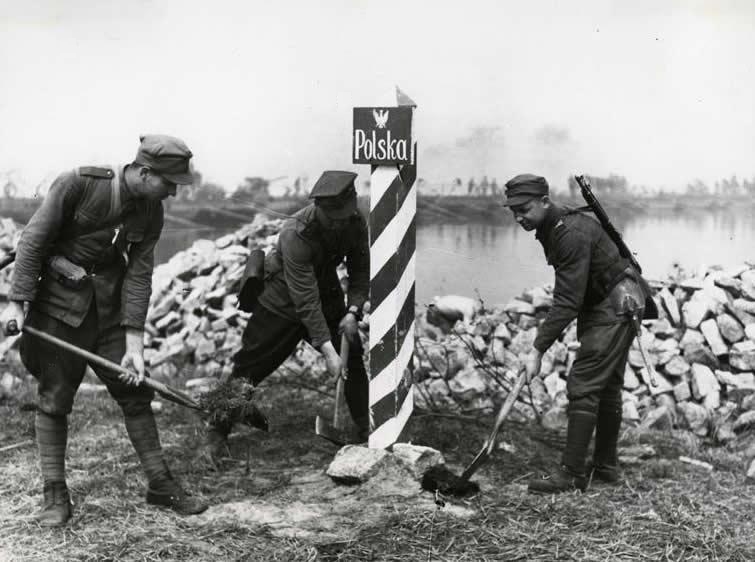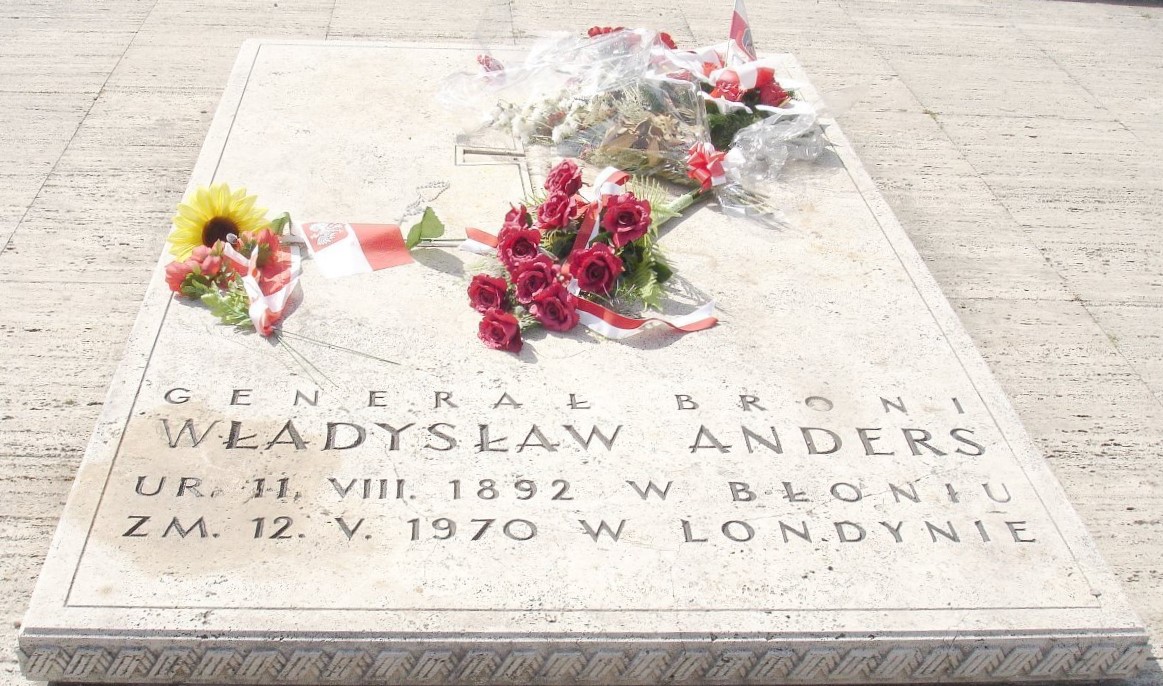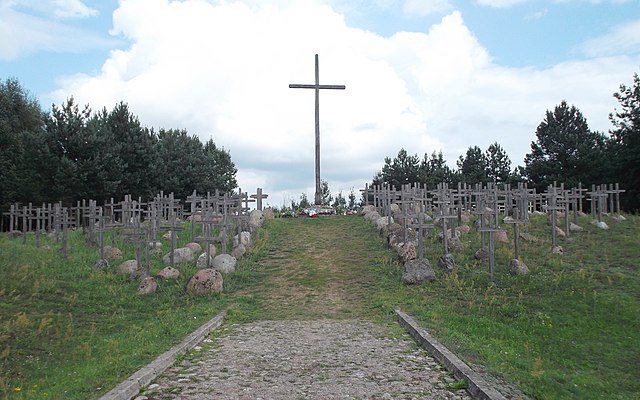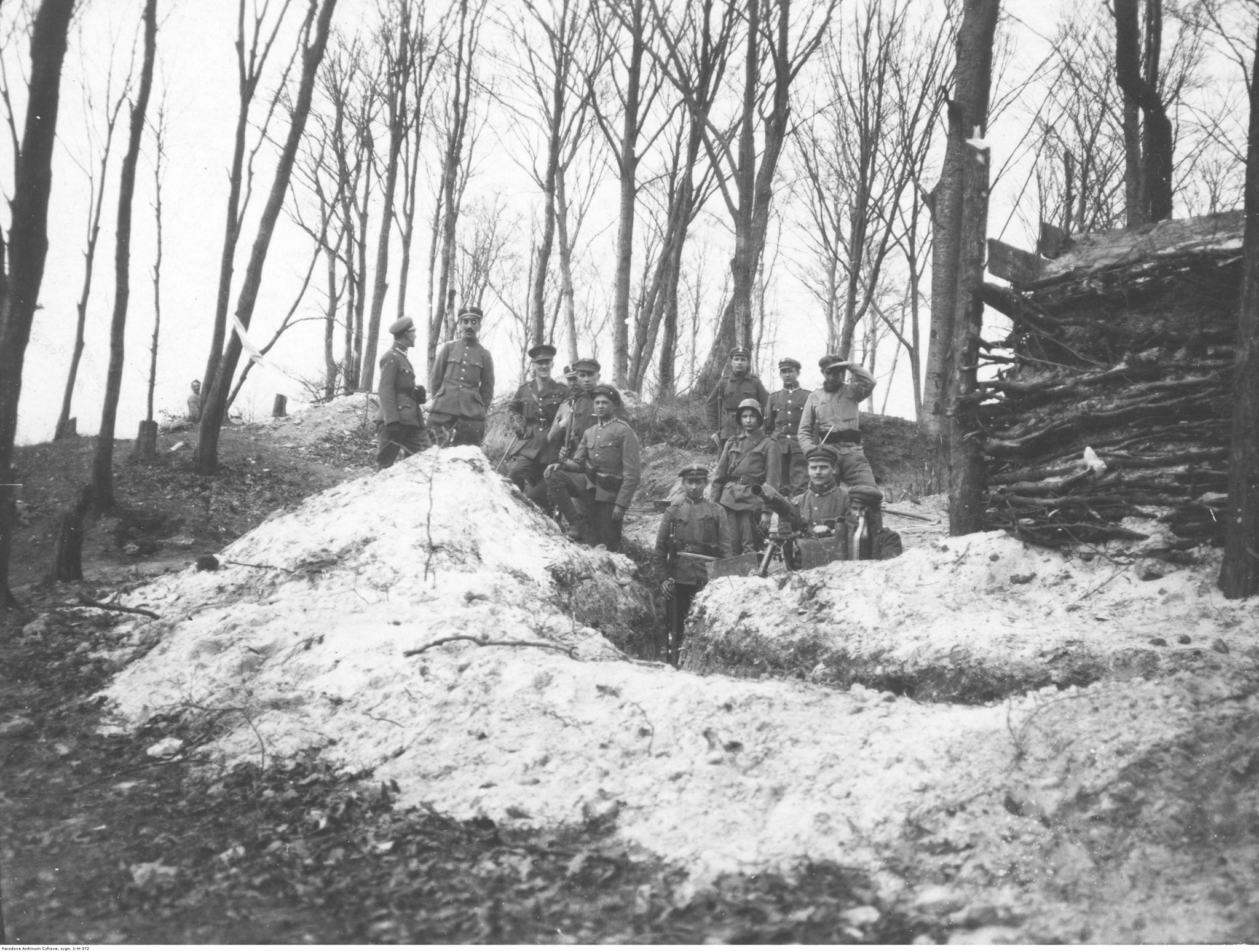After fierce combats in the northern part of the Italian Peninsula, Polish soldiers triumphantly entered Bologna.
The last weeks of the World War Two in Europe. Last, but critical engagements, and at the same time, more victims. In the morning of 16 April 1945 the operation of crossing the Oder river started, in which soldiers of the First Polish Army took part. Among the Polish units the First Infantry Divisio
On May 12, 1970, General Władysław Anders, Commander-in-Chief of the Polish Armed Forces in 1944-1945, died in exile in London.
For several decades after the war, families referred to the victims of the Roundup as “missing” because they did not know their fate. Many believed that they had been deported to Sybir, and that they would one day return. It was not until 2011 when Nikita Petrov, a researcher from the (now illeg
The Polish-Bolshevik war broke out on 14 February 1919. The site of the first confrontation was the town of Mosty near Szczuczyn in the Grodno region, where Polish Army units halted the Red Army’s march.
Years ago, Poles, like Ukrainians today, did not want to be a Russian colony. They dreamed of their own independent country.










